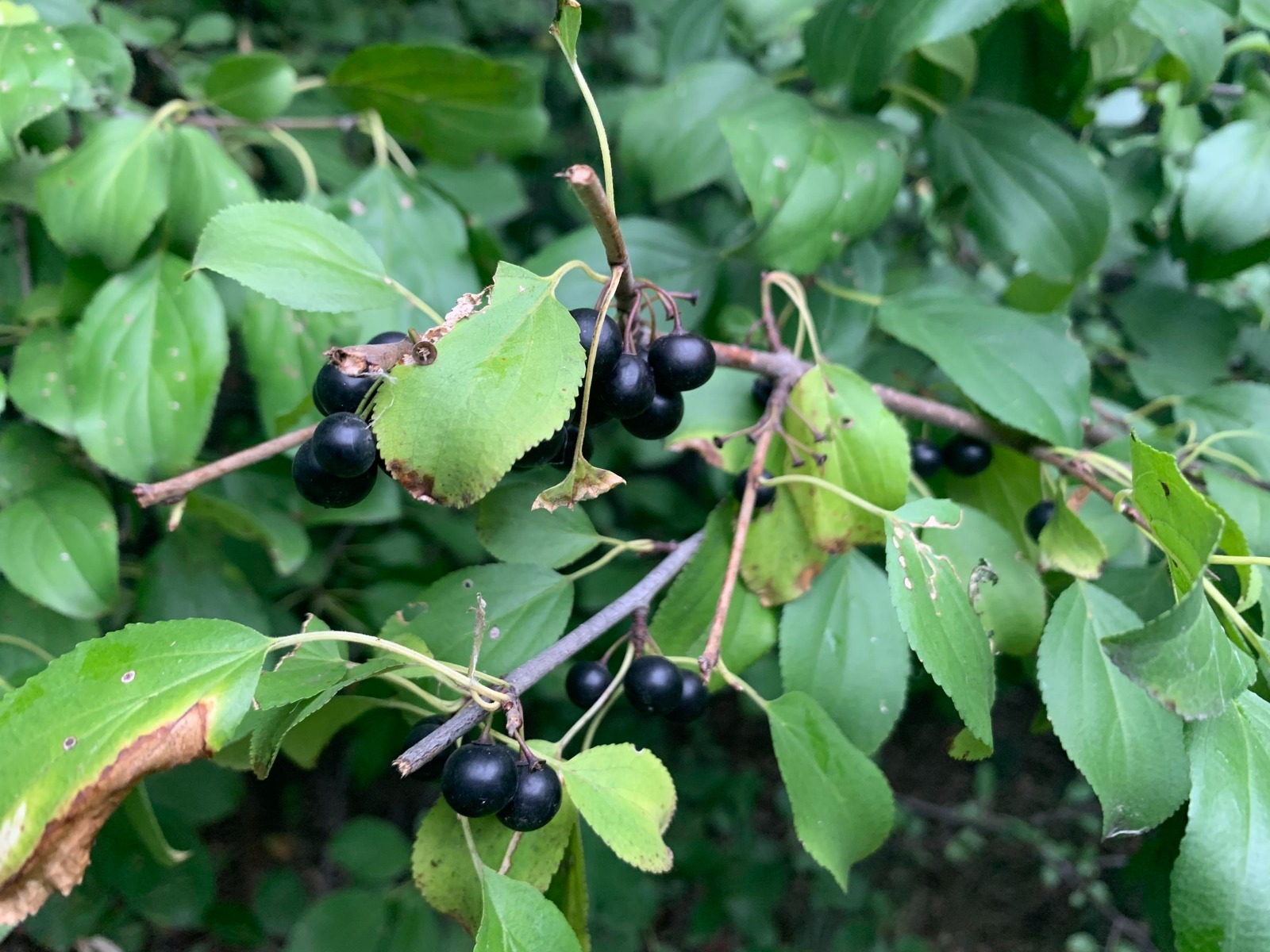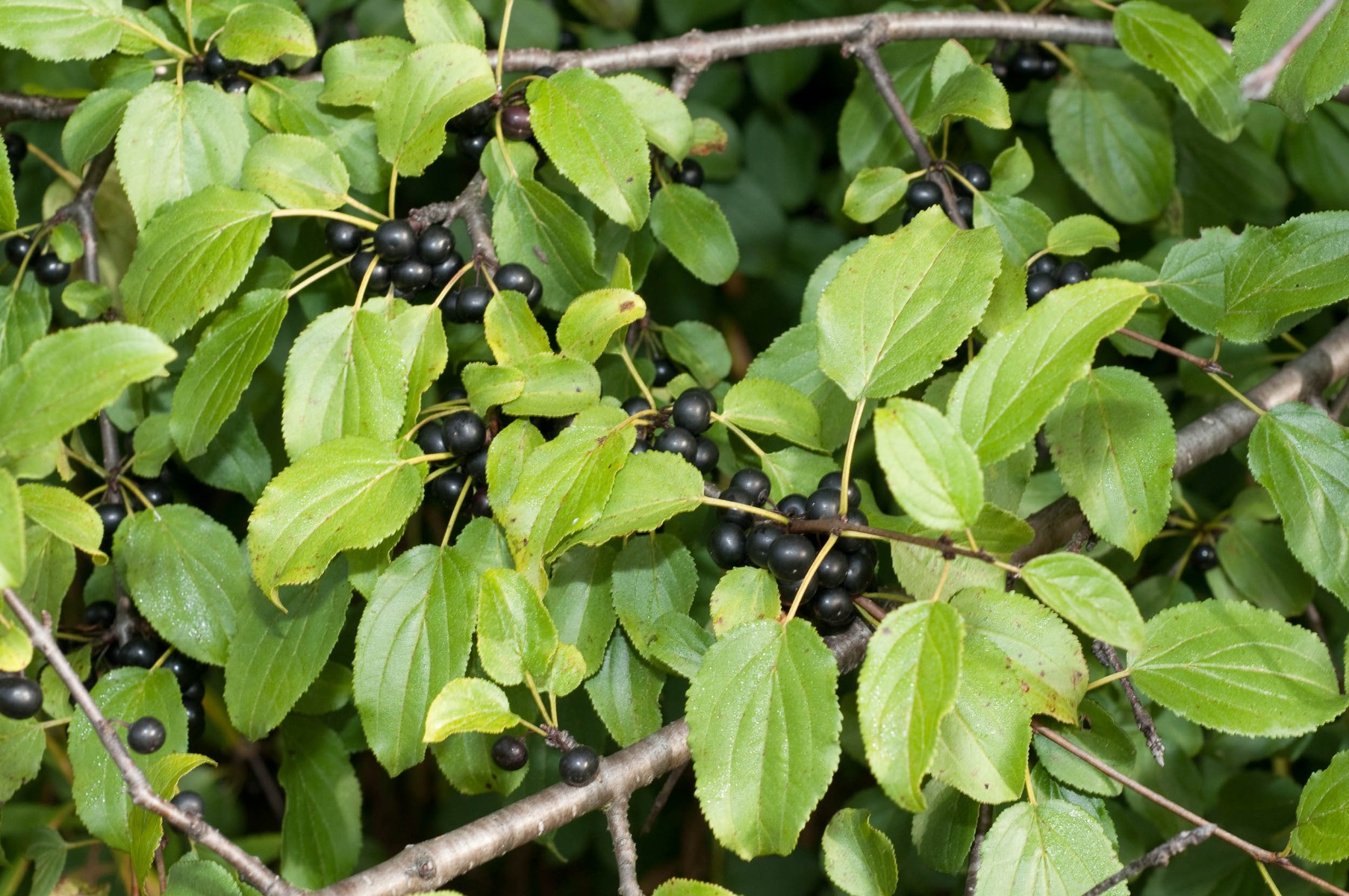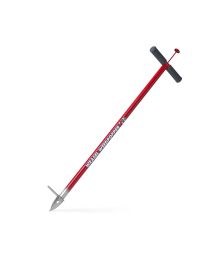Common Buckthorn (Rhamnus cathartica and Glossy Buckthorn Rhamnus frangula alnus ‘Glossy’) was brought here from Europe in the mid 1800’s and planted as hedges. In Europe they were not invasive but soon after being planted here, they were found to be extremely invasive. Buckthorn leaves and roots emit a substance that’s poisonous to other plants.

Photo courtesy of MTPR
Buckthorn is a tough species that is adaptable to sun or shade, drought, and poor soil. The birds ate the seeds and deposited them in native areas where Buckthorn has all but taken out many of our native species. Their seeds are also not very nutritious to our songbirds is now considered to be a noxious weed in Minnesota. Read on to learn how to control Buckthorn in Minnesota.
To control buckthorn follow these steps:
- Pull out small seedling by hand or with the aid or a weeder. It is easiest when the soil is moist.
- Dig out larger seedlings. Call Gopher State One (651-454-0002) before digging.
- Cut larger buckthorn trees off at ground level and spray the top and sides of the stump with Brush and Stump Killer. It is most effective when you spray in late summer or early fall because the sap is flowing to the root system. Be careful near edible and other desirable plantings and follow the manufacturer instructions.
- Remove all debris and berries so that they do not have an opportunity to restart.
Your city may have a buckthorn drop location, or you could call a local tree service for disposal.
Some suggestions to replace Buckthorn
Full Sun to Partial Shade
- Black Chokeberry
- Coralberry
- Dogwood
- Hydrangea
- Juniper
- Mockorange
- Ninebark
- Serviceberry
- Snowberry
- Spirea
- Sumac
- Viburnum
- Winterberry
Full Sun Only
- Arborvitae
- Hedge Cotoneaster
- Lilac
- Mugo Pine
- Privet

The experts at Gertens are always available to answer your questions!

